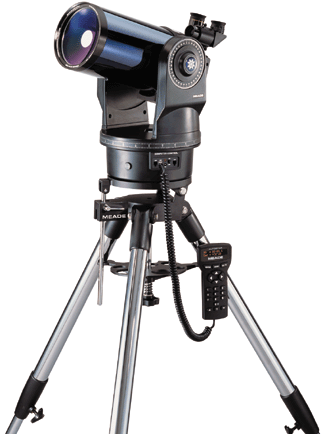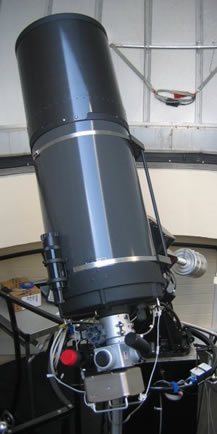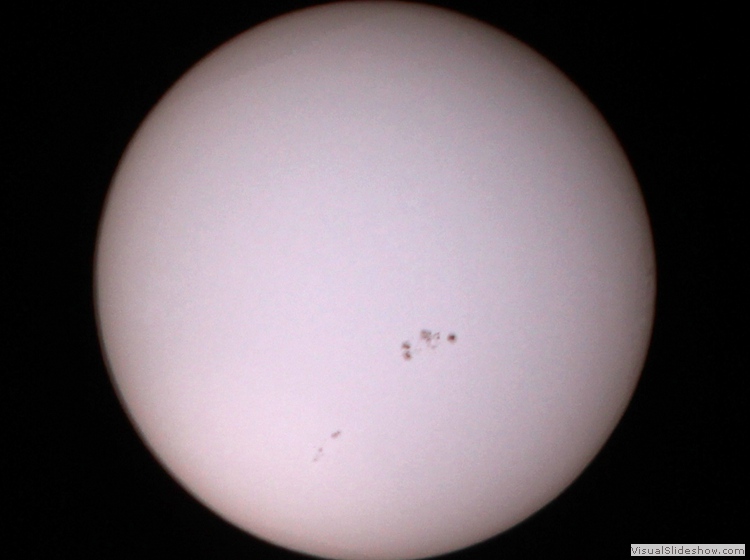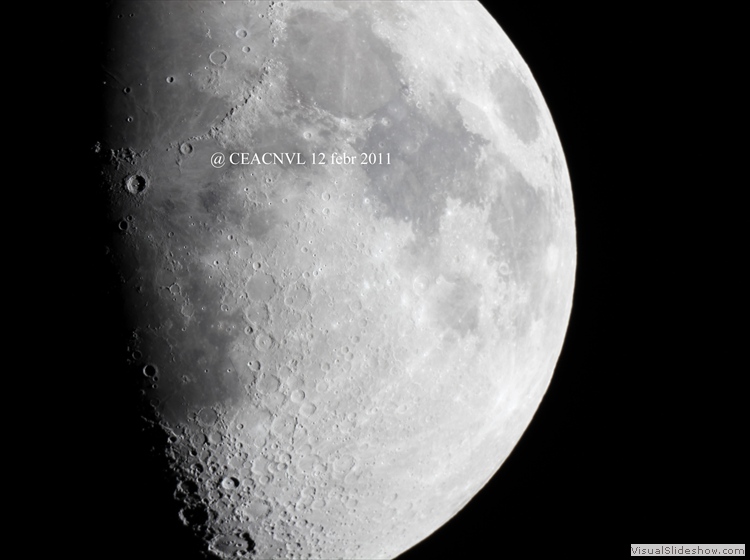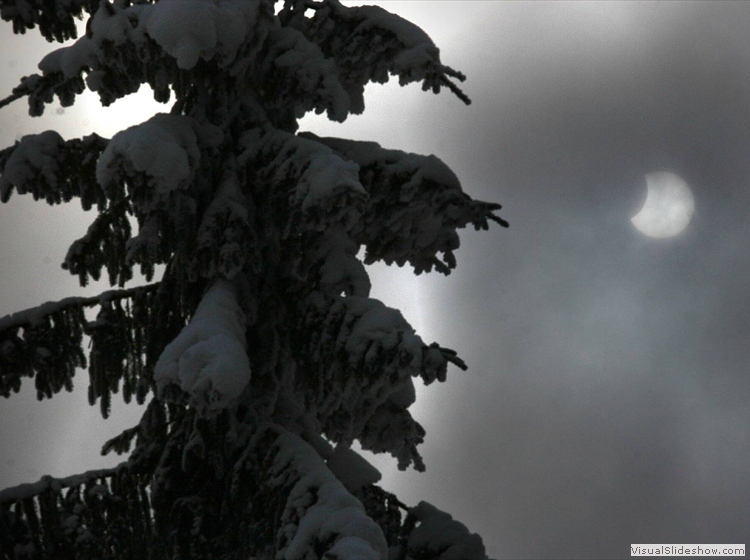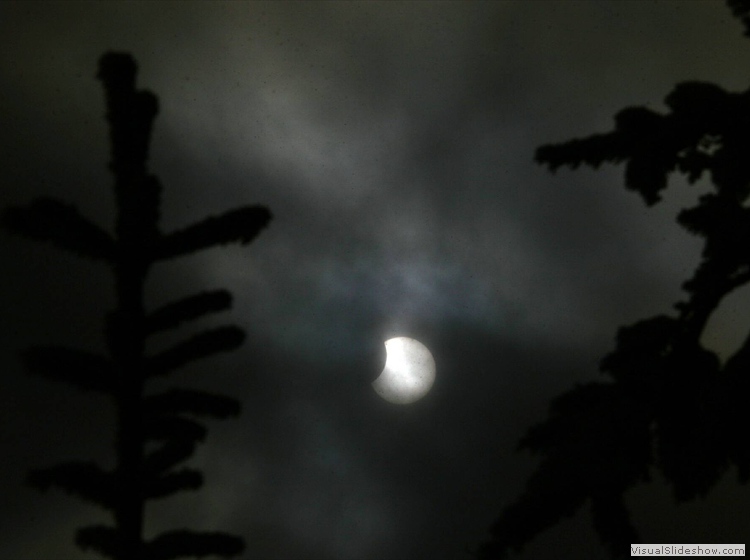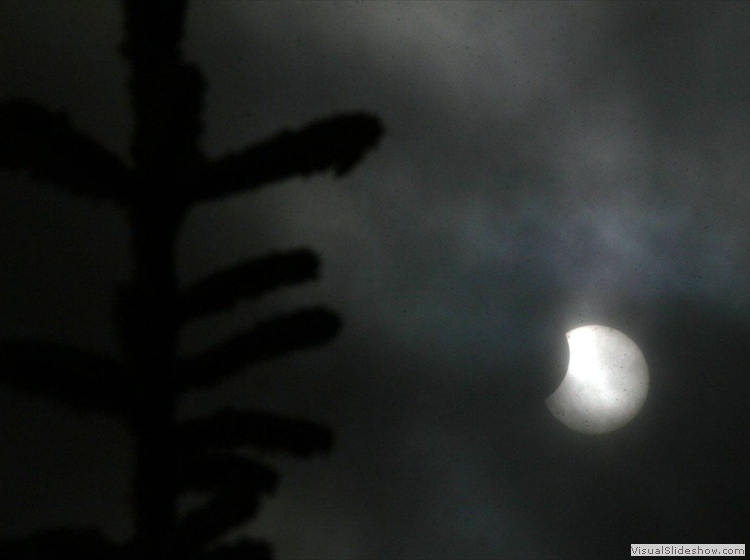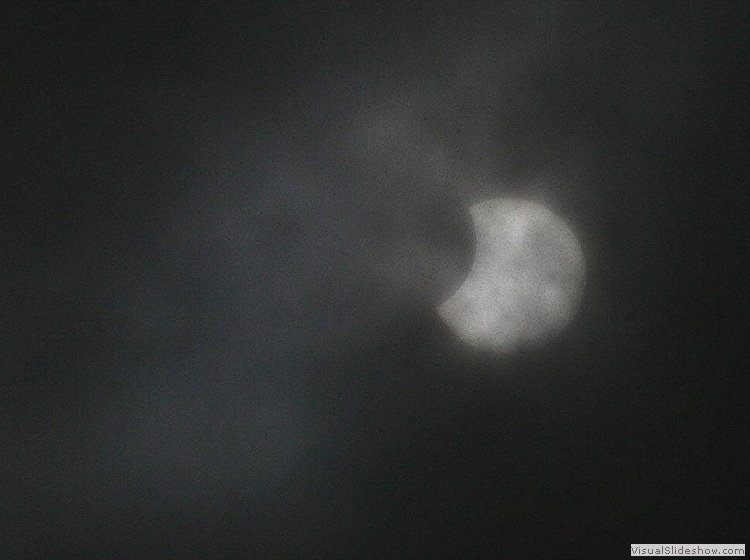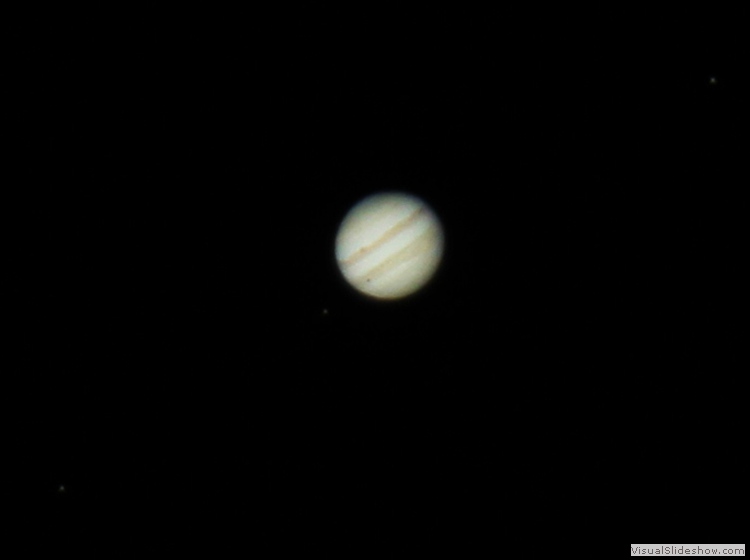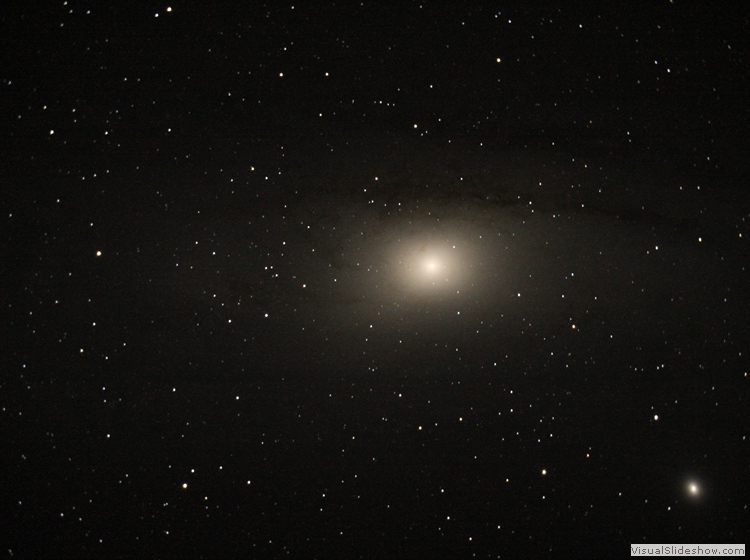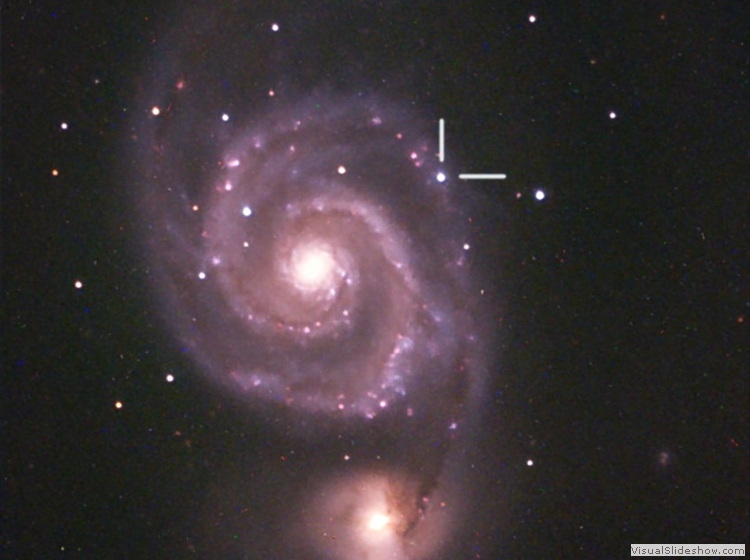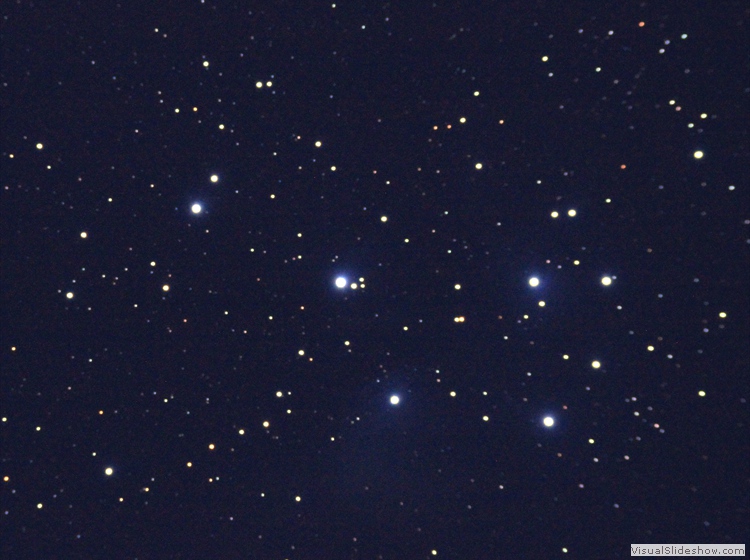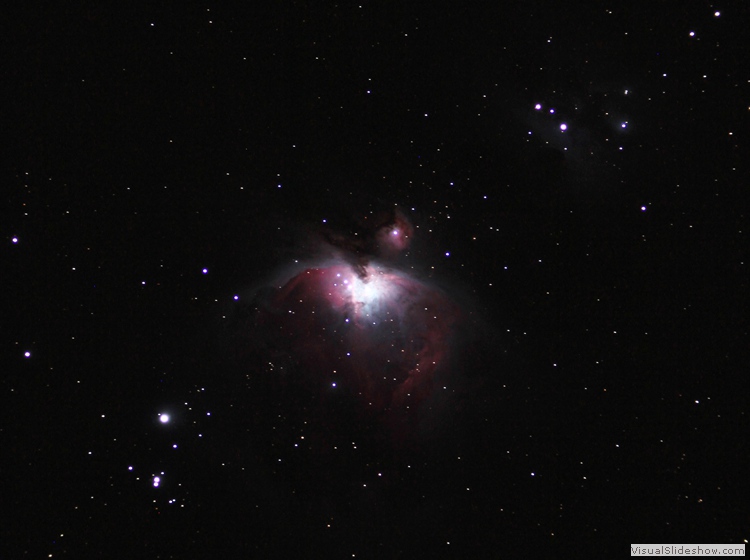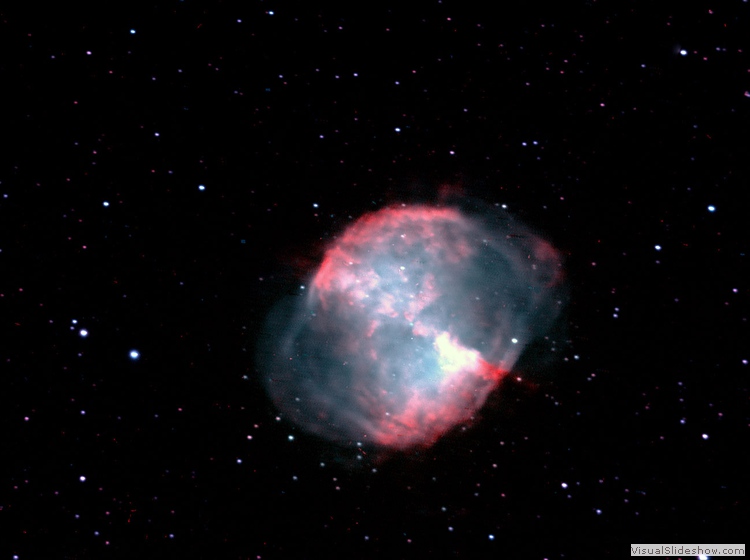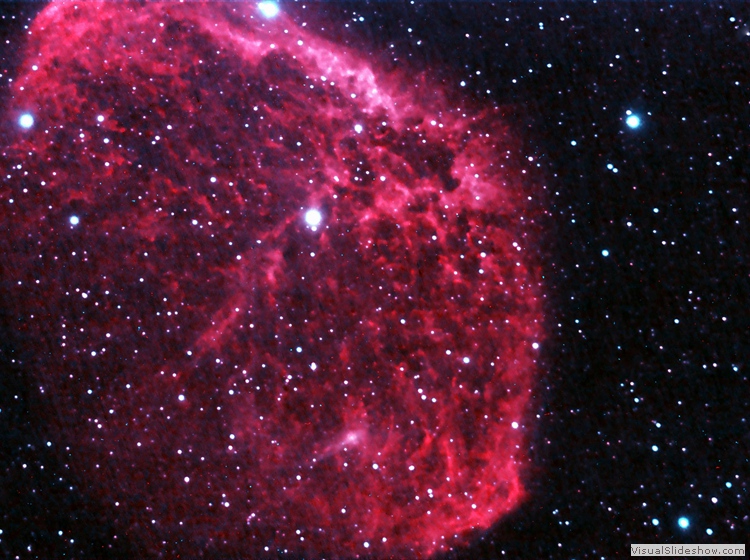Astrophotography
I have had a passion for astrophotography since 2009 when I bought a DSLR Canon EOS 550D Camera and a Meade 125 mm telescope for the "Vasile Lucaciu" National College Astronomy Club.
Some of the images I took this year can be seen below:
Some of the images (Sun, Moon, the partial solar eclipse and the Pleiades) were taken using the DSLR Camera and the Meade telescope. The other images were taken by me and Bob Winter using the Celestron 14" Schmidt-Cassegrain telescope and the CCD camera at ULO . The images were made in different filters: red, green, blue, H-alpha and OIII and then they were combined using MaximDL.
The two telescopes using which the images were taken can be seen below:
Meade ETX-125 (left) and Celestron 14" Schmidt-Cassegrain (right)
